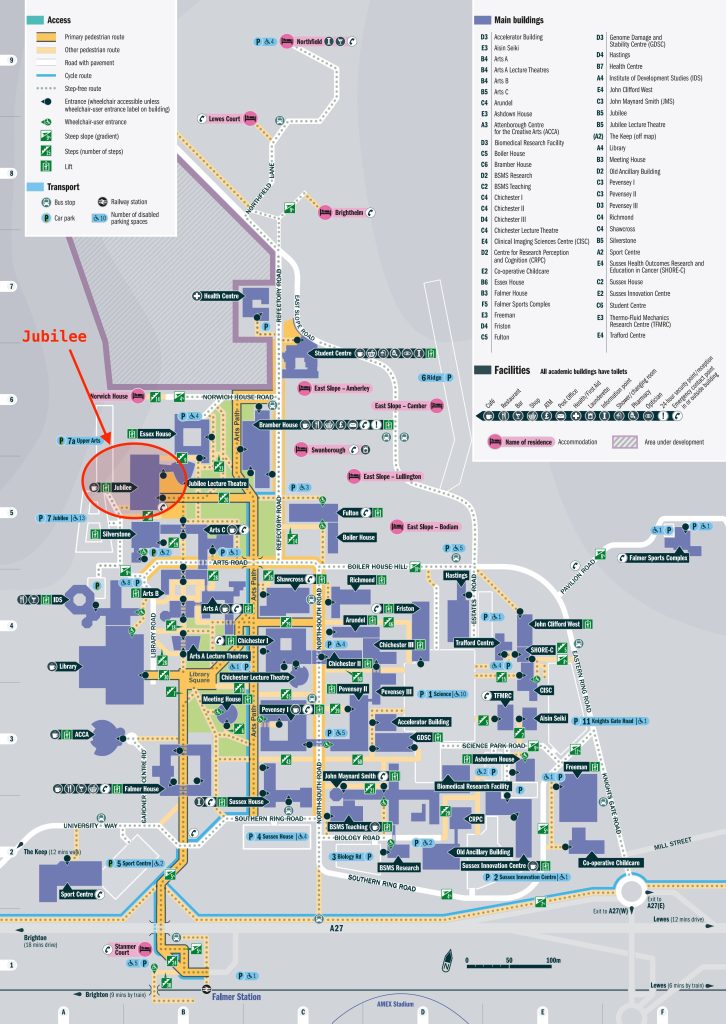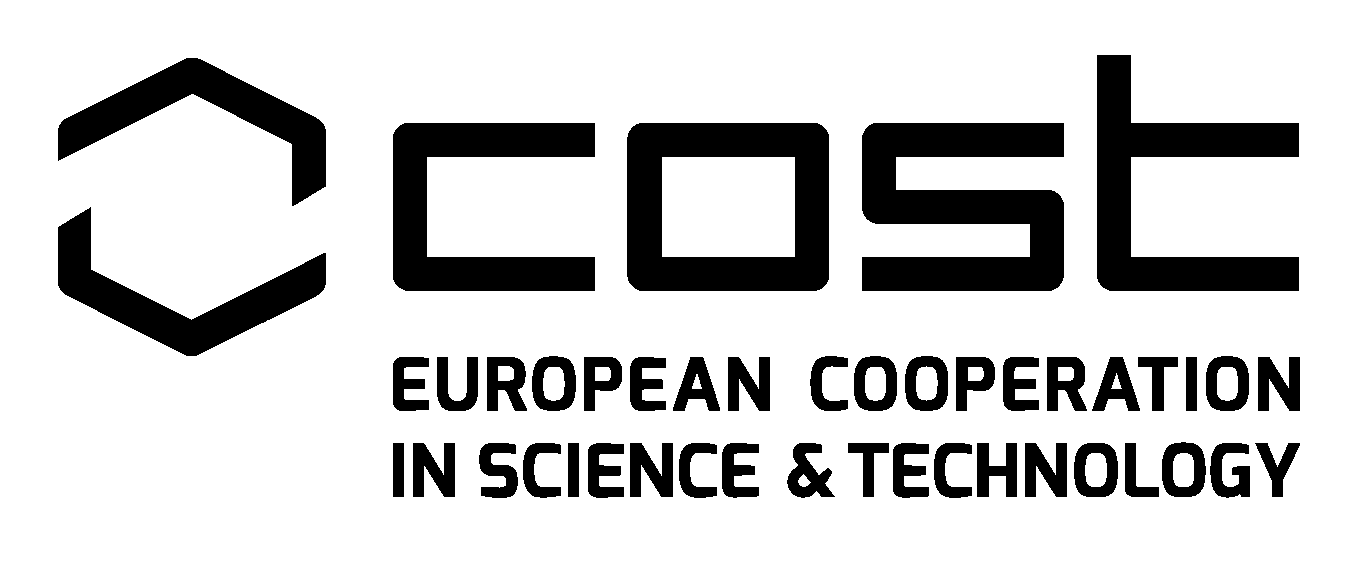Meeting: Divergent look at biological surface interactions. Can we apply AI and neuroscientific research for next-gen electronic materials?
COST Working Group meeting, Action CA21159, Understanding interaction light – biological surfaces: possibility for new electronic materials and devices (PhoBioS).

Various biological surfaces are known to be covered by elaborated micro- and nano-structures, serving a number of functions (e.g. anti-reflective, structural coloration, anti-fouling, pro- or anti-adhesive, etc.) and inspiring numerous industrial applications. Recent years have witnessed a remarkable boost in research in this field. To a large extent, this boost owes to the increasing interdisciplinary of approaches being applied to the study of structured biosurfaces. Sciences as different as classical zoology and botany are inseminated with the advances in genetics and molecular biology; biologists collaborate more and more with nanotechnologists, materials scientists and engineers – all these contribute to the widening of the horizons of research on micro- and nano-structured biological surfaces, and to biomimetic and bioengineering applications of these surfaces in industry. We aim at ‘riding the wave’ of these developments with our proposal. The main goal of the COST Action “Understanding interaction light – biological surfaces: possibility for new electronic materials and devices” is to bring together scientists coming from distinct disciplines into this vibrant field of research, focusing on the photonic effects of nano-and micro-structuring of biological surfaces and their bionic applications. Our consortium will ensure cross-inspiration among the different participants coming from different research fields and will boost innovation in research and eventual industrial developments.
Meeting Programme:
9th June 2025
9:00 – 9:30 Registration
9:30 – 11:00 PhoBios, Sussex AI and Sussex Neuroscience – introduction (part 1)
9:30 – 10:00 Opening talk by Dean of SEM Faculty, Presentations of Sussex AI and Sussex Neuroscience, Presentation of COST action; Group photo
10:00 – 10:20 Sebastian Garcia Galan – Expert systems based on fuzzy rules against machine learning approaches
10:20 – 10:40 Filip Janiak – Can we see brain activity with single-neuron resolution? Two-photon scanning microscopy for in vivo neuronal activity imaging
10:40 – 11:00 Thomas Nowotny – Brains on Board project summary
11:00 – 11:30 Coffee break
11:30 – 12:30 PhoBios, Sussex AI and Sussex Neuroscience – introduction (part 2)
11:30 – 11:50 Rafal Urniaz – New generation of molecular sensing technology improving personalised treatment and diagnostics
11:50 – 12:10 Merve Erginer Hasköylü – Botanical Biomaterials-Harnessing Decellularized Plant Scaffolds for Axonal Networks
12:10 – 12:30 Pawel Wityk – From Biomarker Discovery to Photonic Diagnostics: Bridging Biology and Light-Based Technology
12:30 – 14:00 Lunch break
14:00 – 15:00 Image processing and analysis for biological research (part 1)
14:00 – 14:20 Ivor Simpson – Uncertainty in AI Inferences from Biological Imaging
14:20 – 14:40 Tadej Tomanič – AI-Enhanced Hyperspectral Imaging for Early Cancer Detection in Animal Models
14:40 – 15:00 Jose Moya Diaz – Neuromodulatory changes in the efficiency of information transmission at visual synapses
15:00 – 15:30 Coffee break
15:30 – 16:30 Image processing and analysis for biological research (part 2)
16:00 – 16:20 Chrysovalantis Fekos – Is the somatosensory cortex purely sensory?
16:20 – 16:40 Giulia D’Angelo – Neuromorphic active vision for embodied object perception – Wandering around: A bioinspired approach to visual attention through object motion sensitivity
16.40-17.00 Maryna Meretska – Optical metasurfaces from concept to multifunctional optical components
17:00 Transport to another venue
18:00 – 19:00 Networking
10th June 2025
9:00 – 10:30 Hybrid Core Group Meeting (only for core group members)
10:30 – 11:00 Coffee break (+ registration for 2nd day)
11:00 – 12:30 Plenary talk
Luis Magdalena – Challenges and Opportunities of Explainable Artificial Intelligence
12:30 – 14:00 Lunch break
14:00 – 16:00 PhoBioS PhD colloquium (part 1)
14:00 – 14:20 Adam Władziński – Data Mining for Biomarker Discovery in Synthetic Phantoms of Biological Matrices
14:20 – 14:40 Kacper Cierpiak – Evaluation Deep Learning Methods for Processing Data from CRP Bio-Photonic Sensors
14:40 – 15:00 Francisco Javier Maldonado Carrascosa – QT Interval Estimation from Biomedical Signals for Early Prevention of Fatal Arrhythmias using Artificial Intelligence
15:00 – 15:30 Coffee break
15:30 – 16:00 Gender Equality update
16:00 – 17:00 How to connect AI, neuroscience, material characterisation and bio Surface research? Discussion panel about methodology
Conference Host
Filip Janiak, PhD
University of Sussex
Brighton, BN1 9RH
United Kingdom
Mrs Aleksandra Janiak
University of Sussex
Brighton, BN1 9RH
United Kingdom
Venue & Travel
Travel restrictions
What an ETA is, who can get one and how to apply before coming to the UK An ETA gives you permission to travel to the UK. It costs £16 to apply for one through the UK ETA app or the GOV.UK website.
USE ONLY THE OFFICIAL GOV WEBSITE: Apply for an electronic travel authorisation (ETA) – GOV.UK
Venue:
Business School (Jubilee building) – CAMPUS MAP BELOW
Brighton,
BN1 9RH United Kingdom
Train
You can reach the University of Sussex directly from Brighton Station and Lewes Station. Falmer Station is directly opposite the campus. You can walk to the campus from the station through a subway under the A27. Follow signs for the University of Sussex (the University of Brighton also has a campus at Falmer). You can get from Brighton to Falmer in nine minutes by train. Four trains an hour go to Falmer during the day. If you are travelling from London and the west, take a train to Brighton and change there for Falmer. The journey time from London to Brighton is just under an hour. You can also change at Lewes for Falmer, if you are coming from the east.
Bus
The 23, 25, 25X, 28, 29 and 701 buses run between the centre of Brighton and the campus. The 25 buses run from Palmeira Square in Hove, through Churchill Square and the Old Steine in Brighton, into the campus. The 23 route runs from Brighton Marina in the east, through Hanover, into the campus. The 28 and 29 go from Churchill Square and stop outside the University campus. The Stagecoach 701 route runs from Eastbourne to Brighton and stops outside the University campus. Some 5B (Hollingbury) and 50 (Hollingdean) buses also run to the campus. Travel time between the campus and Brighton is about 20 minutes.
Where to stay in Brighton
List of hotels on the website: Where to stay
CAMPUS MAP


